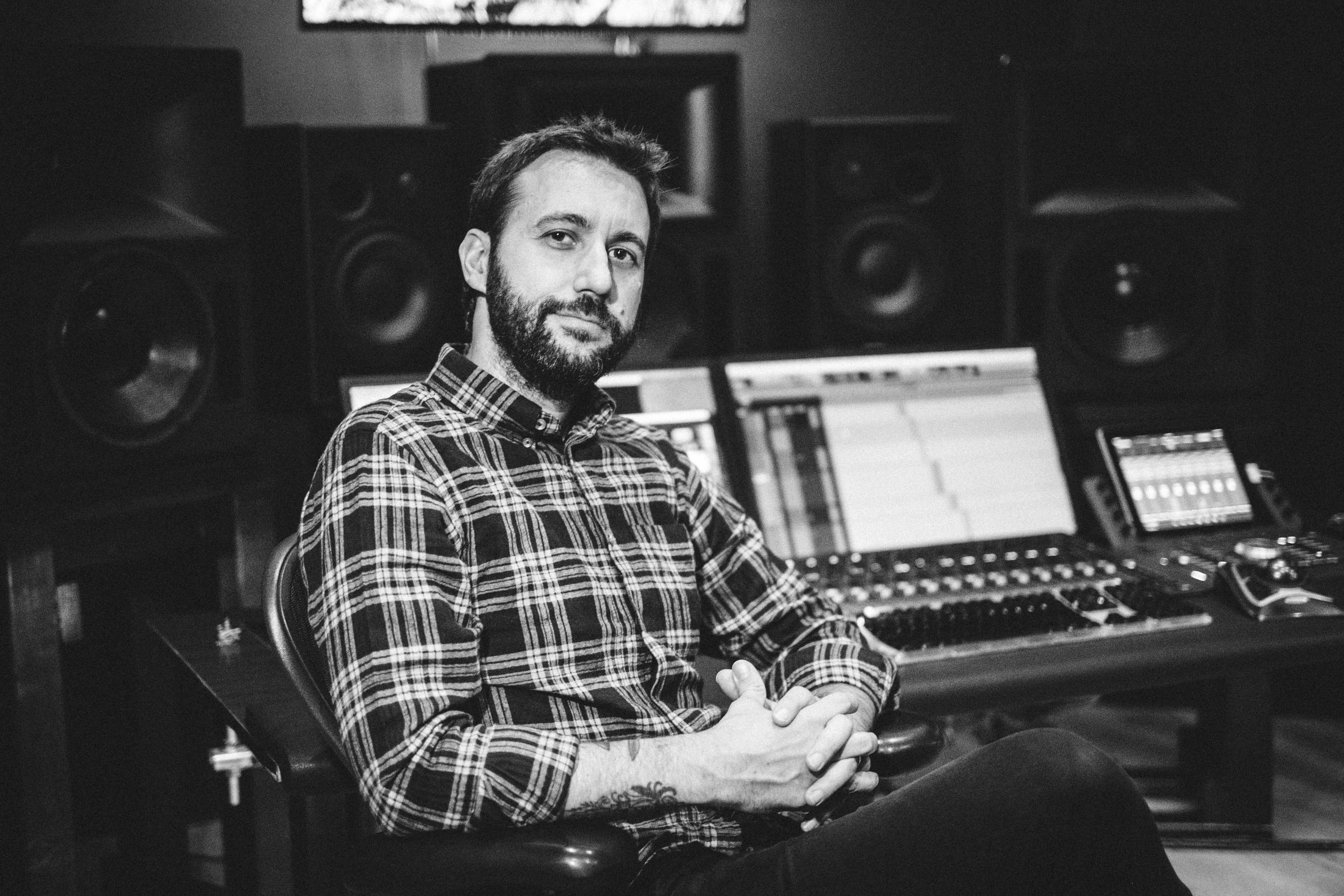Having worked with all the big movie studios, as well as mixing the music for a number of smash-hit video games, producer, engineer and score mixer Jason LaRocca has been on a roll of late, most recently mixing the music for Marvel’s upcoming Morbius and HBO Original series The Nevers. Here he talks Headliner through the impressive setup in his La-Rocc-A-Fella Center recording and mix facility, and reveals why he finds oeksound’s soothe and spiff invaluable when it comes to his process.
When the pandemic struck, LaRocca was lucky enough to be able to put together a rudimentary home setup where he could finish off some ongoing projects - or at least the ones that hadn’t been pushed back or cancelled altogether...
Headliner quickly discovers that becoming the fully fledged producer and recording engineer that we see today was a long and arduous journey for LaRocca. Following a number of years playing in punk bands and a brief stint mixing live gigs at front of house, he found himself in the world of film, eventually becoming assistant engineer to revered musician and composer Mark Isham.
“It was around the time he was doing Blade in the late ‘90s, when his career was exploding - he just had so much work and needed a lot of help, so I was thrust right into it,” LaRocca reveals. “When I went freelance as an engineer, I then started building other relationships with some great composers working in TV.”
LaRocca’s setup in Studio’s A and B at North Hollywood’s Fab Factory Studios, which he has affectionately called La-Rocc-A-Fella Center, is a far cry from that of the early days:
“My Studio A setup includes a new single Mac tower and HDX3 system, three octo cards and a quad card, and basically every plugin known to man in a 7.1 setup,” he explains. “I have that exact same setup in Studio B, so if I start something in here and it gets approved, I can send it to Studio B for printing, and be able to continue on to the next mix. So we can get twice as much work done here compared to a normal studio.”




